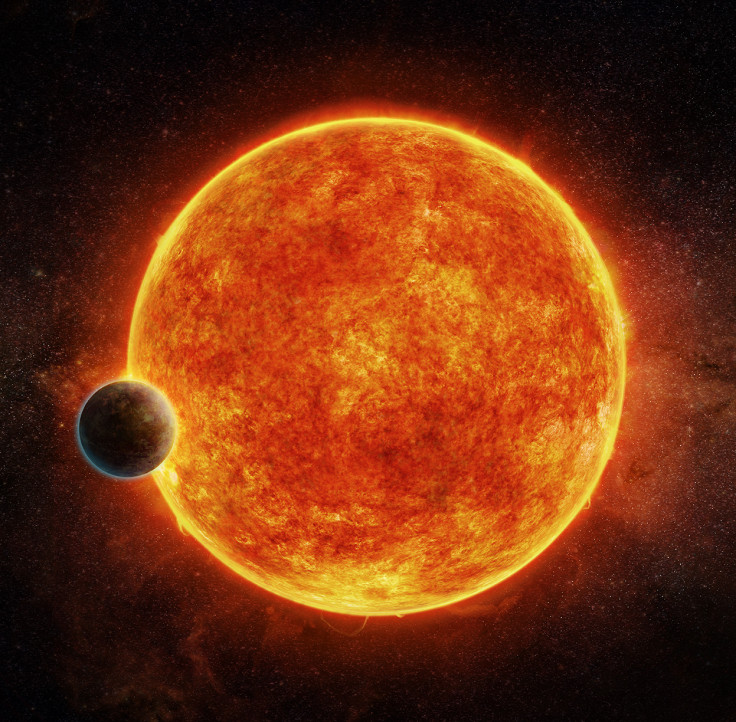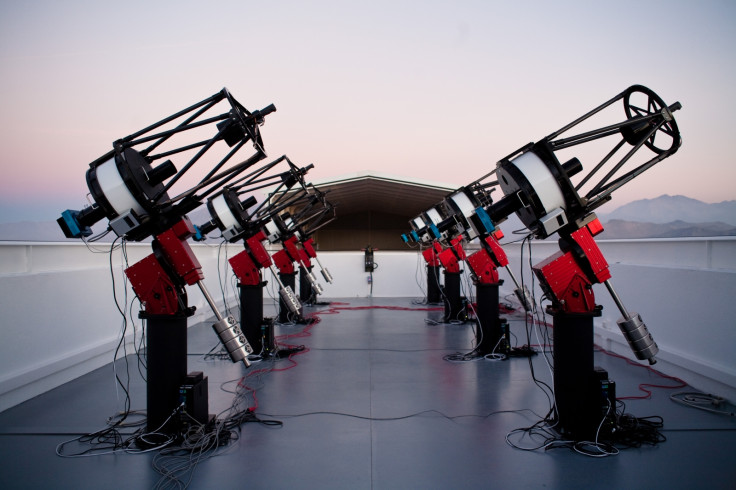New rocky planet discovered 39 light years away from our Sun lies in "habitable zone"
The exoplanet LHS 1140b is transiting the small cool star with a circular orbit.
A rocky super-Earth exoplanet has been found orbiting a nearby M dwarf star, 39 light years away from our Sun, scientists have announced. They have called it LHS 1140b and said that it probably formed in its current location in a similar way to our planet.
M dwarf stars are characterised by the fact that they have masses less than 60% that of the Sun. They are the most common stars in the Galaxy, making up 75% of its population of stars. When Earth-sized exoplanets pass in front of those stars, scientists are able to identify them.
In a study now published in the journal Nature, scientists report their observations of an M dwarf star called LHS 1140. The scientists used the MEarth-South telescope array to monitor the brightness of the star LHS 1140, starting in 2014.
This work led them to discover the planet they call LHS 1140b, transiting the small cool star with a circular orbit.
"We found this planet through transit methods. When it passed between the star and the Earth, it dimmed the light of the star, and we were able to measure this dimming and to identify LHS 1140b," lead author Jason Dittmann, from Harvard Smithsonian Center for Astrophysics (US), told IBTimes UK.
A habitable planet?
Using radial-velocity measurements, the scientists were able to determine a number of the exoplanet's distinctive features. They measured the mass of the planet to be 6.6 times that of Earth, which is consistent with a rocky bulk composition.

Furthermore, they established that LHS 1140b receives an insolation of 0.46 times that of Earth. In a 2013 study, another team of scientists had found that a planet orbiting an M dwarf star could have surface temperatures that allow liquid water, if it receives between 0.2 and 0.8 times the insolation that Earth receives from the Sun.
Thus, LHS 1140b is located in the so-called "habitable zone", the area around the parent star where a rocky planet is most likely to have liquid water.
The discovery is quite unique because LHS 1140 is a small cool star, not as active energetically as other stars which other exoplanets have been found to orbit.
"Most exoplanets that have been found before orbit stars that are quite active energetically, which may be having an impact on the stability of potential organisms on their surface. This star that LHS 1140b orbits seems to be quiet, so it's not going to damage the planet's atmosphere or anything on its surface," Dittmann explained.

Since the star it orbits is quite small and relatively close to us, it may be possible for current telescopes and those currently under construction to determine if the planet has an atmosphere. Scientists could then search for and identify specific gases in this atmosphere, via a technique called transmission spectroscopy (see box).
"The next step will be to find out if this planet has an atmosphere and to look for things that are familiar to us – oxygen, CO2, ozone or water. We will need to learn about the planet's atmosphere before we can conclude on whether life could be harboured on the planet," Dittmann said.
What is transmission spectroscopy?
It is a method is used by scientists to find out about the chemical composition of the atmosphere of a transiting exoplanet.
When the light from the star passes through the atmosphere of these planets, some of it is absorbed by the atoms and molecules present in the atmosphere. Scientists are able to get a transmission spectrum by plotting the size of the exoplanet as a function of wavelength. The shape of this transmission spectrum can indicate which components are present in the atmosphere of the planet.
© Copyright IBTimes 2025. All rights reserved.






















